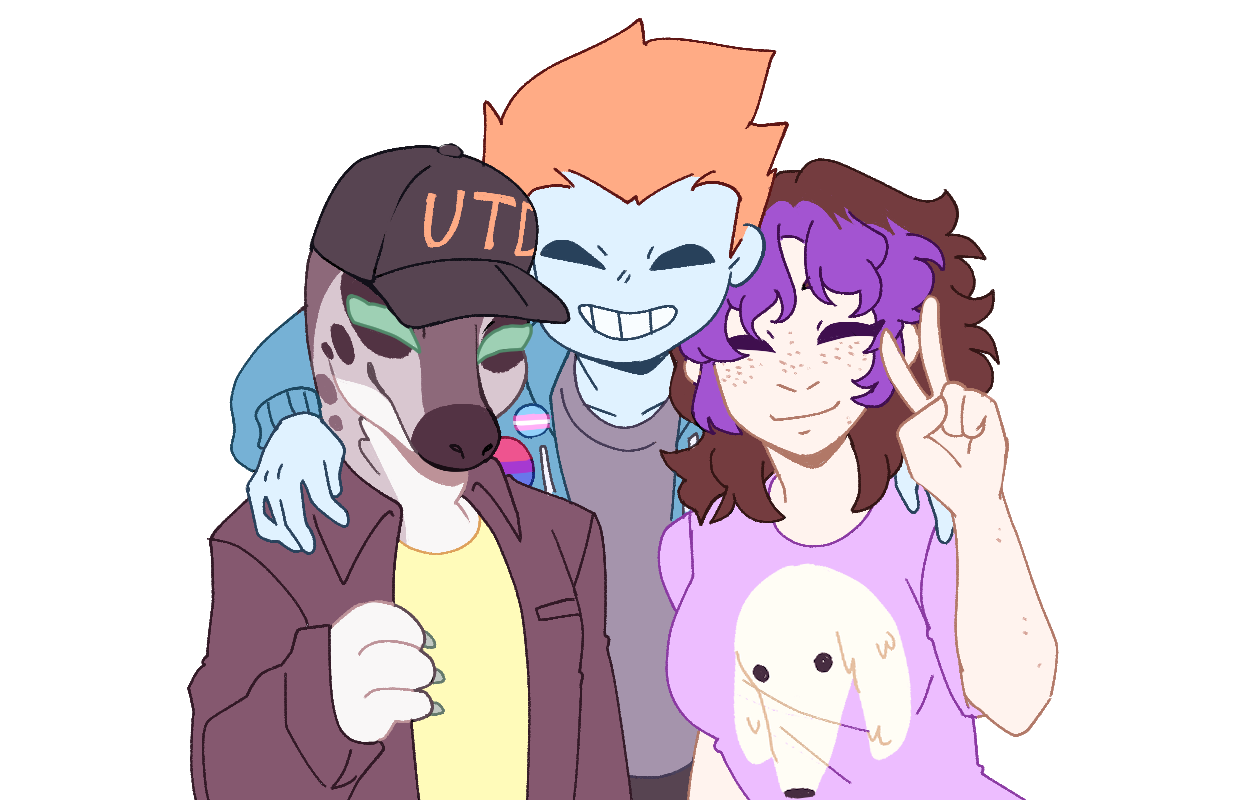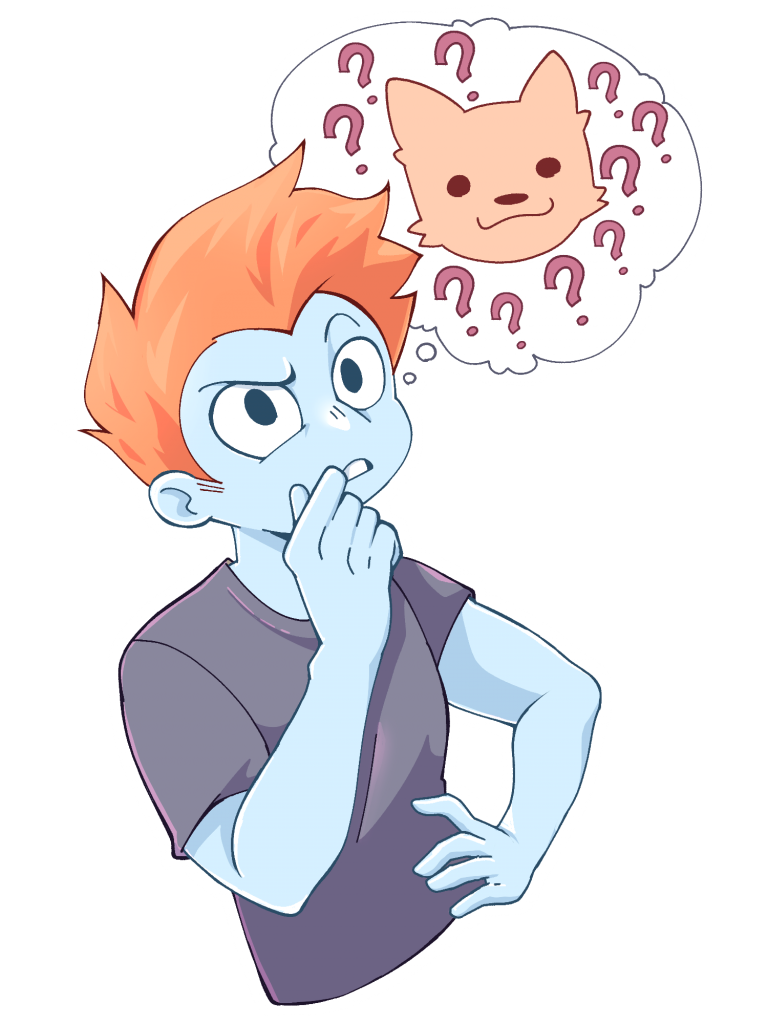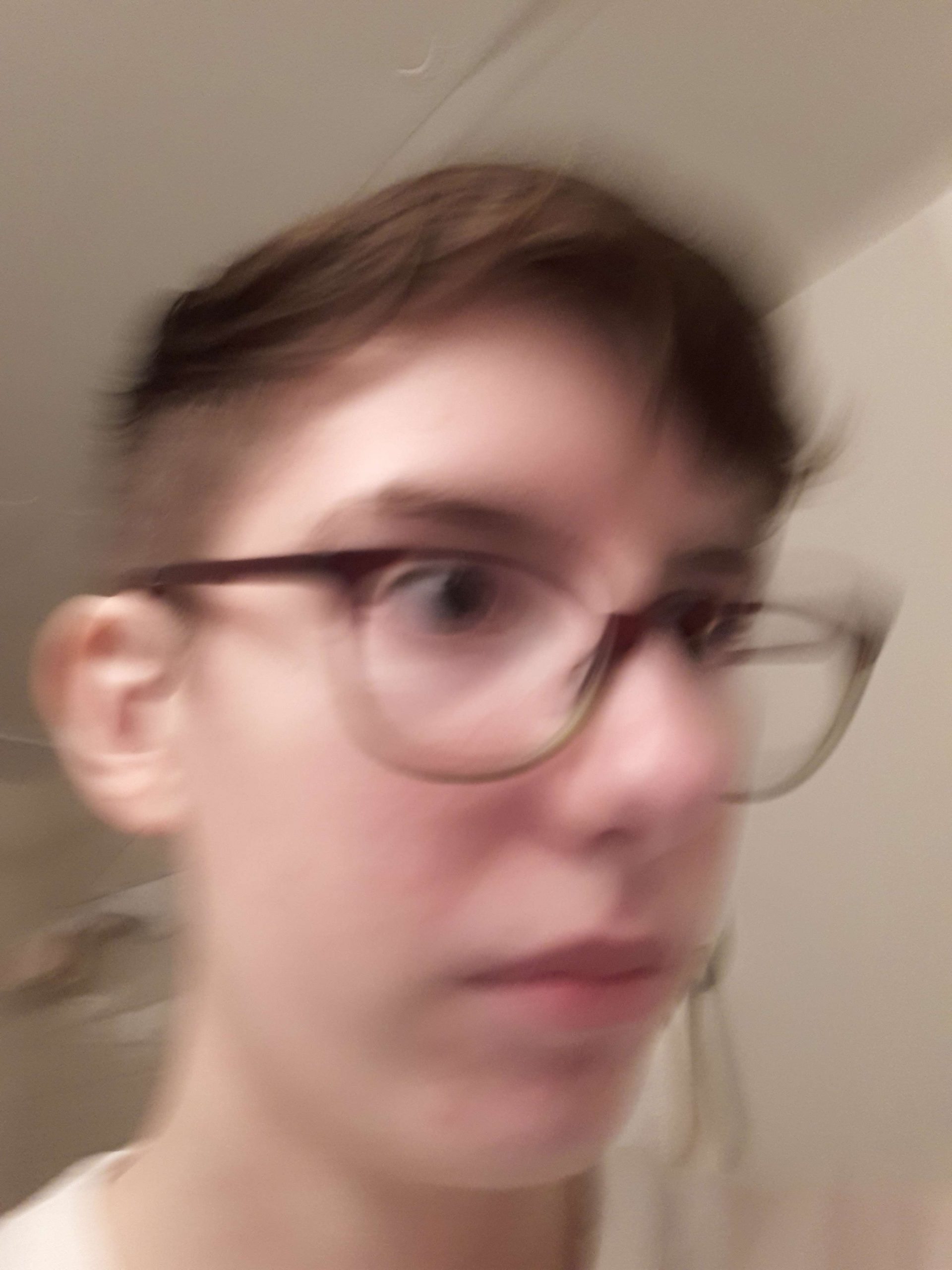
For many internet users, hearing the word “furry” can evoke a sense of either curiosity or dread. For those who don’t know, furries are a subculture of people with an interest in anthropomorphic animals. Someone’s anthropomorphic persona, or “fursona,” is an original character and/or representation of that person as an animal. These characters often exhibit human qualities like intelligence, speech, the ability to walk on two legs and wear clothes, and so on.
Growing up in the age of the internet, various subcultures and fringe groups have become more available to us now than ever before. Furries are a great example of a subculture gaining widespread recognition through the internet, although the public perception of furries isn’t entirely accurate. Most of the general public seems to think of the furry community as some sort of kink or fetish, however most furries will tell you otherwise. For example: me! I’m a furry — or I suppose I’m a subcategory of furry called a scalie, since my fursona (technically scalesona) is a gecko — but either way I’d like to debunk some common misconceptions and get the inside scoop on what being a furry is about.
Firstly, Furries are everywhere — not just on the internet, but in everyday life as well. In fact, UTD has an extraordinarily active furry community. This makes perfect sense considering that DFW is one of the largest furry hotspots in the country. Every spring, the city of Dallas hosts a convention called Texas Furry Fiesta, which is the fourth largest furry convention in the United States by attendance. Attendees travel from all over the country to experience this four-day celebration of the fandom, with good reason! Speaking from experience, there’s an infinite number of ways to enjoy yourself while attending a furry convention. One example is live music, which can span across any musical genre you can imagine. I’ve attended rock concerts, raves, even drag performances at furry conventions before. Other examples include artist markets and dealer spaces — many of these sellers are local, independent vendors who make a living from tabling at these events. You’ll also find panel discussions on a range of topics from crafting tips, to live podcasts, to Q&As with popular creators in the fandom. There are even support panels for disenfranchised groups like trans furries or furries of color, where people can come together and talk about their experiences and acknowledge their intersectionality with the furry community. Because of this, I believe that furry conventions are some of the most fun, welcoming, and creative celebrations of fandom culture you can find.
Being a furry isn’t all about partying (although it’s certainly a perk). Many people in the furry community take pride in its creative endeavors as well. There are an array of games, podcasts, music, and books all made by and for furries. Art and media are the community’s bread and butter, it’s how many furries make a living. There are numerous jokes online about how popular furry artists make boatloads of cash by drawing anthropomorphic animals for a living, and while that can be true, the average furry artist is typically a lot smaller in scale. Most of the furry artists that I personally know are supported by a small but loyal following of friends and patrons who essentially pass the same $50 bill around by constantly commissioning each other for art. Some of these artists are eventually able to support themselves full-time through their work, but many view it as a hobby rather than a career. On the other hand, working full-time as a furry artist can be very rewarding! There are many examples of artists who do illustration, modeling, music or writing and have garnered a great deal of popularity and financial gain from it. People who make fursuits are a particularly good example of this. For those unaware, fursuits are custom-made costumes of anthropomorphic characters — many consider them to be a form of cosplay. In my opinion, the skill, artistry and engineering it takes to create a beautiful, functional, wearable piece of art that must be both durable and comfortable cannot be overstated. Fursuit makers, you are stronger than the U.S. Marines.
It’s one thing to hear about what makes the furry community worth exploring from my own perspective, but alas, I’m just one furry. So, I’ve consulted a handful of other folks in the community for their experience, advice, and opinions — several of whom are from UTD!
Everyone starts somewhere and furries are no exception to that. In my case, I believed that there was some sort of threshold that I had to meet in order to self-identify as a furry (there isn’t, anyone who tells you otherwise is lying), which caused me to avoid the community for many years out of fear that I wasn’t serious enough about it, or that I wasn’t active enough to be considered a “real furry” (whatever I thought that meant). Another perspective is that of my friend Kaan, who I met at Texas Furry Fiesta and have kept in touch with since. She lives in Florida, and when I inquired about her experience entering the community, Kaan told me that she mocked the fandom for several years before embracing it. “In high school I was always kind of a furry hater,” she admits. She and her friends were familiar with the concept of furries, but engaged with them in a joking way. “We’d pretend to be furries just to mess with each other,” she continued. Throughout our talk, Kaan recounted to me how this eventually grew into a genuine love and admiration for the community. “I was able to explore a softer side of myself that trauma had made me repress for years, and that’s really what convinced me to stay.”
Many have deeply personal connections to the community like Kaan does, others engage with it for the social interaction and safe space that it provides. One newer member of the furry community on campus, a senior computer science major who goes by the handle Abe Estos and has only identified as a furry for roughly a year, shared with me why he believes the community is so special. “Everyone is so friendly,” he tells me. “I never had as full of a social life before I joined in. Everyone respects your comfort zone.”
I can certainly attest to this, as I took a gap year before the pandemic hit in 2020, which caused me to spend a year and a half in near complete isolation. No jobs, no classes — just me, alone in my apartment for months on end. Attending online furry meetups and expressing myself through my art kept me much saner than I would have been otherwise. Who needs therapy when you can be a lizard online?! (This is a joke, please do not become a lizard as a substitute for therapy.) In the succinct words of Ori, a former UTD furry who graduated in 2020 and now works in software development, “It’s nice to pretend that you’re a cat on the internet instead of being a boring adult in the real world.” So true bestie.
It might come as a surprise that the furry community is, like many things, a spectrum in terms of how people express themselves and engage with fandom content. One UTD furry that I interviewed — a sophomore in information technology and systems that has chosen to remain completely anonymous — mentioned that what you make of the furry community is what you get from it. “You don’t have to be as involved as a popular furry,” they noted. Having fun is always the most important thing. If something doesn’t interest you or makes you uncomfortable, then there’s no pressure to participate in it! One thing that I’ve noticed about this community is its general awareness and accommodation of other people’s comfort. From what I’ve seen, the furry community is largely composed of marginalized groups — queer, neurodivergent, and disabled people for example — and safety is enormously important because of this. Every other furry that I’ve met wants the spaces they inhabit to be as comfortable and enjoyable as possible, and for the most part I believe that the community has achieved that in spades.
To part on a good note, I’ll leave you with this piece of advice: Be not afraid! Believe it or not, furries are people. I know the paws, claws, and tails can be deceiving, but underneath the fluff, there are some folks worth getting to know.


Comments